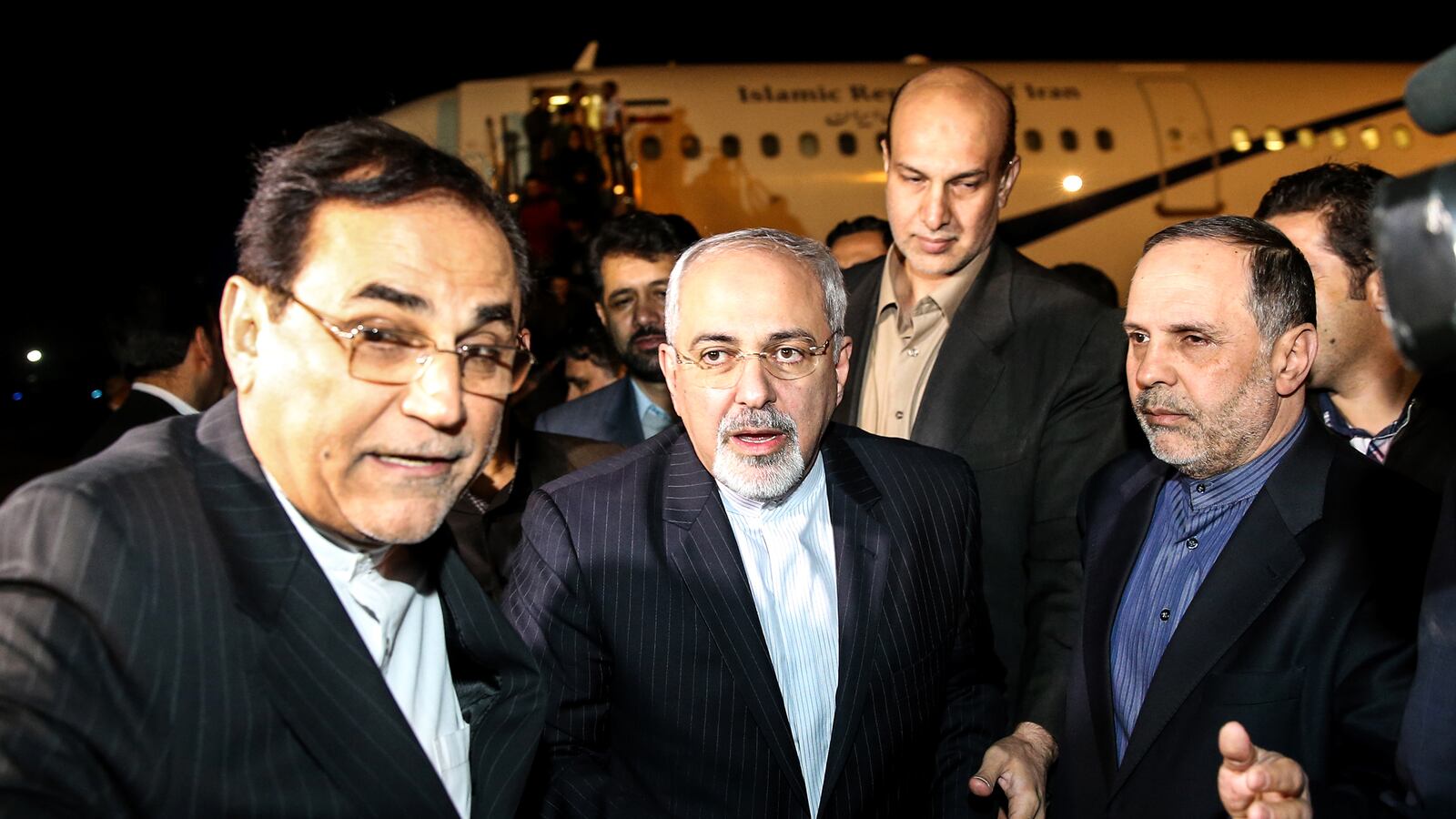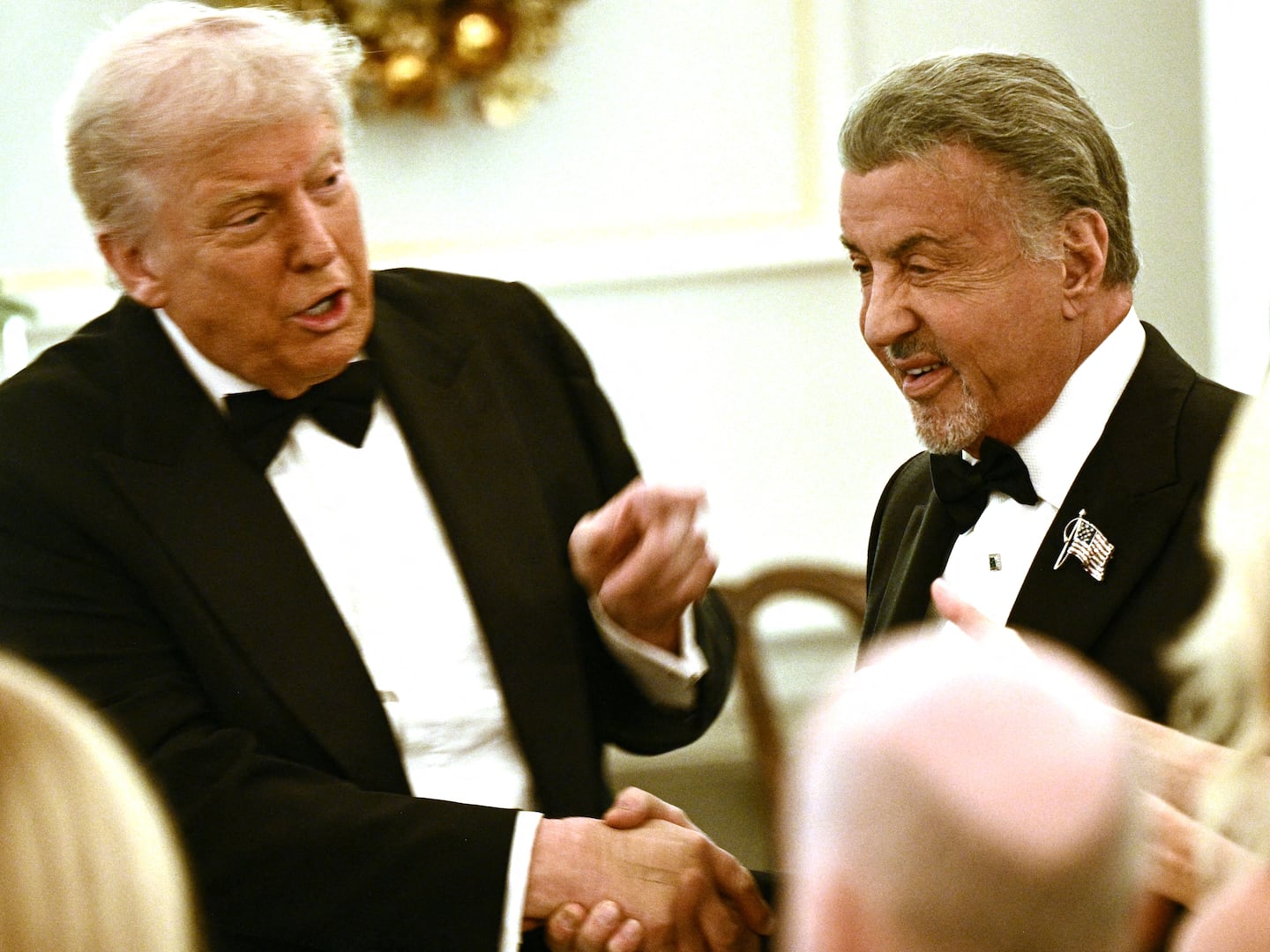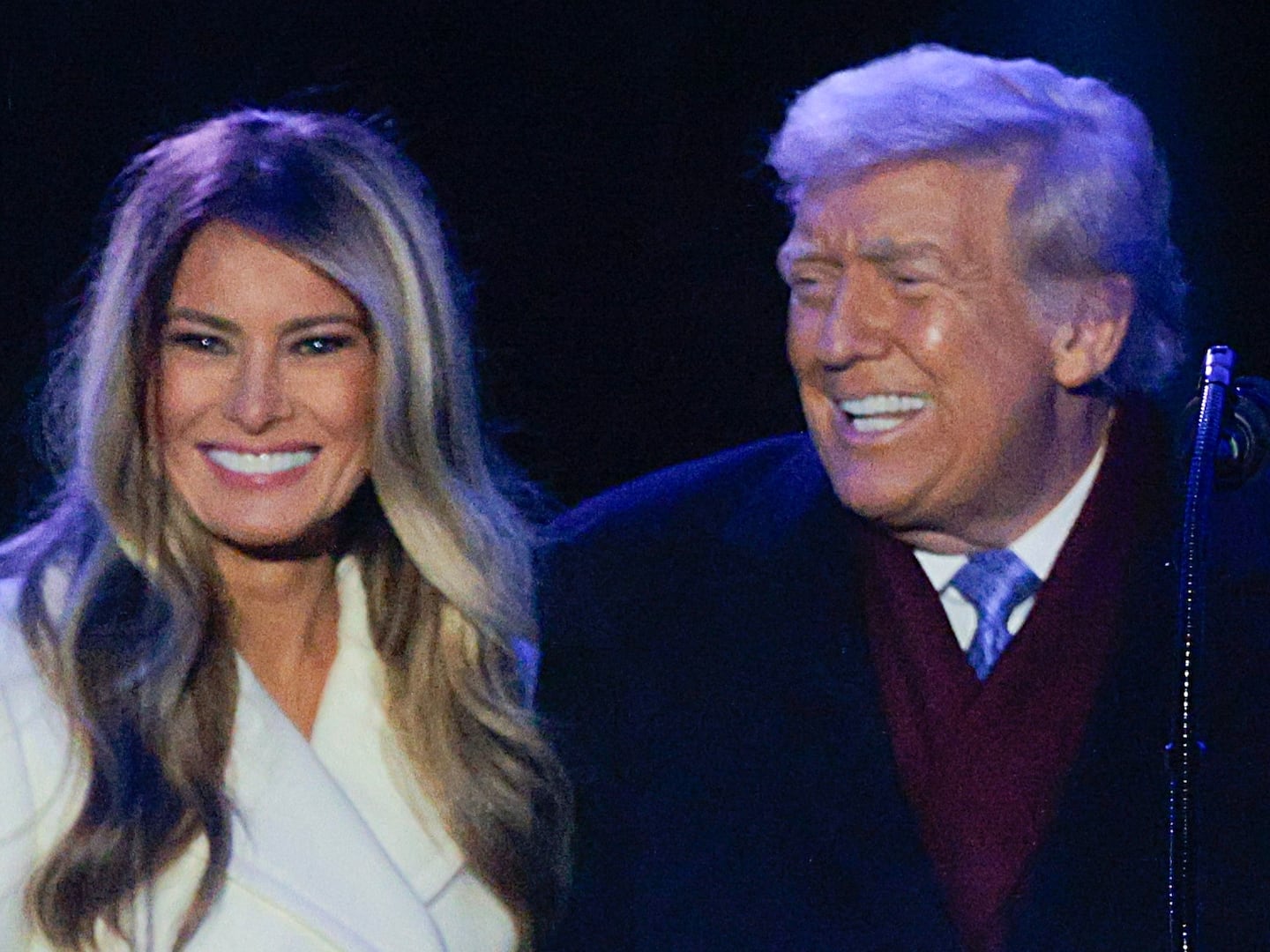Early Sunday morning, the real details of the U.S.-Iranian negotiations came to light. It is cloak-and-dagger stuff: American and Iranian delegations have, for the last year, been meeting in Oman under the auspices of Sultan Qaboos, the country's aging, understated leader. The negotiations were heavily compartmentalized, the teams hand-picked, the stakes high.
At first blush, this is a triumph of backroom diplomacy, a deft escape from the influence of clients who have sought to undermine rapprochement. It was with fawning adoration that the New York Times ran the story on Monday: “Nuclear Accord With Iran Opens Diplomatic Doors in the Mideast.” It was with predictable disdain that the Weekly Standard published a piece by John Bolton accusing the administration of “Abject Surrender.”

What this is, really, is a triumph of narrative engineering. Iranian Foreign Minister Mohammed Javad Zarif's so-called “historic tweet” set the tone for the applause that followed: “We have reached an agreement” — this is a message that is conclusive by virtue only of concision. There is certainly no room in Twitter's 140 characters for the cavalcade of caveats that trail the so-called “agreement.”
For starters: as Josh Rogin points out, President Obama has lost some credibility when it comes to enforcing “red lines.” After the administration's slipshod response to the use of chemical weapons in Syria, conceptual boundaries such as that one carry little weight. The deal gives Iran and Western powers six months to work out a final agreement; the White House's press release establishes that the current agreement “does not represent an acceptable end state” to the showdown.
That the phrase “kicking the can down the road” has not yet been deployed to describe the current state of affairs surely evidences either newfound restraint or newfound creativity on the part of the American media.
There also appears to be some confusion with regard to the actual contents of the vaunted agreement. The Iranian press release announces the end of U.S. sanctions on everything from petrochemicals to gold to metals; meanwhile, the U.S. statement claims that “the overwhelming majority of the sanctions regime … remains in place.” The White House says that Iran has promised to neutralize its stockpile of 20%-enriched uranium, while Iran is careful to maintain that half of the 20% uranium will be retained as uranium dioxide—oxide fuel, the release says, for the Tehran Research Reactor. This is somewhat different than neutralization, although turning the uranium dioxide fuel into weapons-grade material would require the construction of large additional facilities that Iran does not currently possess.
Perhaps the most salient takeaway from this temporary accord is the fact of how it was presented: an historic agreement, a diplomatic victory. It could be true that what's been sorely needed is not an actual contract so much as a simple thaw in relations. It could be true that this secret, yearlong process was not important for all its wrangling over technical details and complex legalese, but for the simple fact that it happened. Kabuki diplomacy, conducted in front of the eyes of the world at some international crossroads, has been so thoroughly fetishized that it might now be void of utility. Covert meetings in a small Gulf state: this, then, is real effort.
Nevertheless, there is no final deal. The White House has said precisely as much, and the Iranians have peppered their short statement with so many references to the six-month deadline that the reader is left with the impression that the time limit is the single pertinent detail of the agreement.






